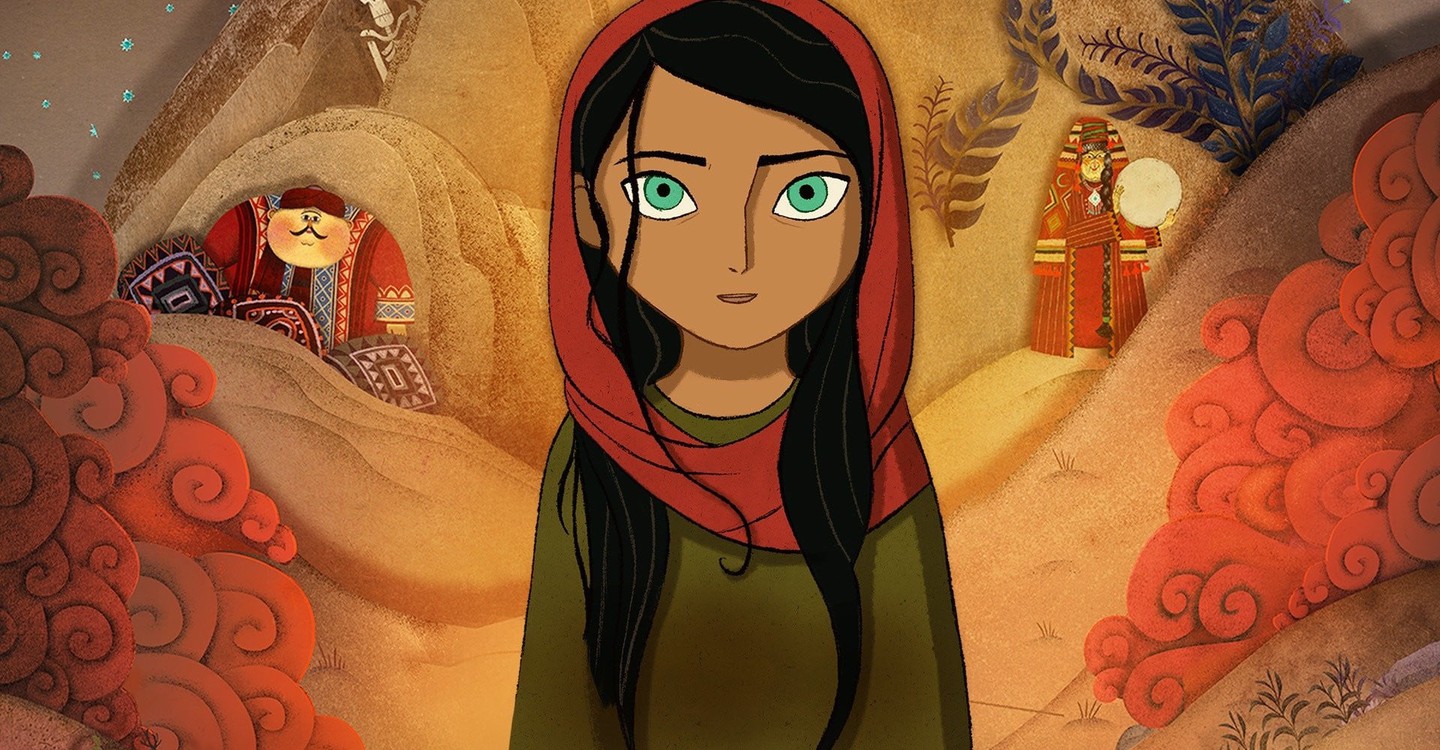
Originally written on June 6 2018:
**Spoilers**
Ever since I had first viewed Tom Moore’s Song of the Sea back in 2015, our local, Kilkenny-based animation studio, Cartoon Saloon had filled me with both a personal sense of pride for Ireland’s steadily growing animation scene as well as a general wonder and awe for international animated cinema as a whole, given the studio’s multiple nominations at the academy awards. The fact that the studio doesn’t conform to Disney’s contemporary 3D model of animation like the grand majority of Hollywood animation studios nowadays gives me a newfound optimism that 2D animation in contemporary cinema hasn’t been completely supplanted. However, as much as the studio’s previous productions under Tom Moore, The Secret of Kells (2009) and Song of the Sea (2014) have held a firm place in my heart, they mostly came across as straightforward but loving tributes to Hayao Miyazaki’s style of mythology-themed, visual-driven animation, but didn’t provide a particularly deep narrative vision outside of that. All that being said, however, their 2017 production, and solo debut under Nora Twomey, The Breadwinner had exceeded my expectations tremendously, as it confronts, with brutal honesty, surprisingly mature and very real cultural issues that its more accessible predecessors would, at times, touch upon, but not explore too in-depth.
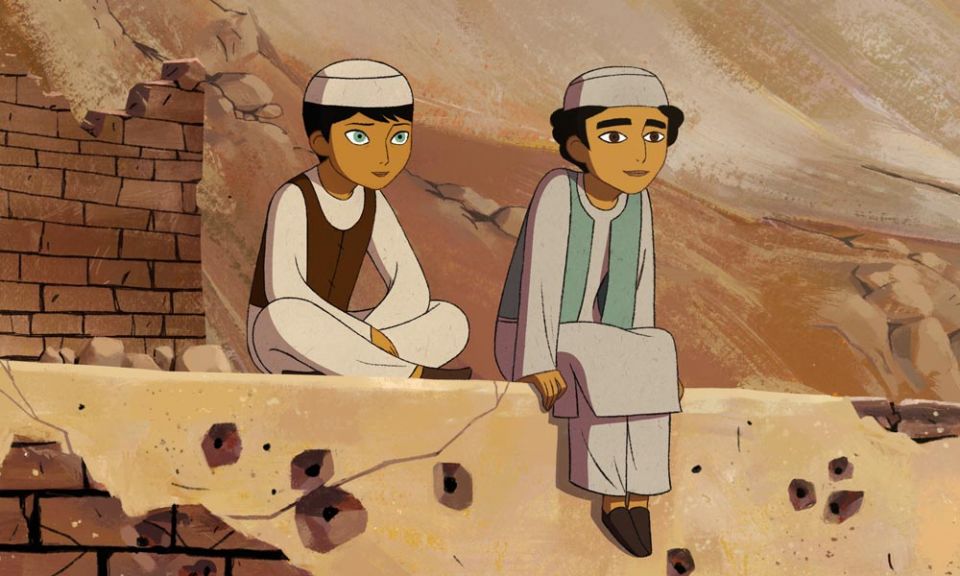 Image by Cartoon Saloon
Image by Cartoon Saloon
While the stunningly rendered and digitally painted animation breathes a strikingly rich vibrancy into the landscape and culture of Kabul, beneath the mask of this gorgeous exterior is an unflinchingly brutal yet startlingly poignant and sincere depiction of the extreme violence and patriarchy of Taliban-dominated Afghanistan in 2001. For our 11-year-old protagonist, Parvana, who cuts her hair to dress like a boy to support her desperate family, the Taliban’s violence and constant subjugation of women are deeply ingrained in her everyday life. With her father wrongfully imprisoned, she is forbidden from venturing outside by herself, which is showcased when simple actions such as fetching water provide ever-mounting dangers for her. The film is bold enough to tackle the very real danger of this merciless patriarchal regime along with harrowing and at times gory depictions of violence it leaves in its wake. This already gives the film a strong sense of maturity and enables it to delve into more risqué territory than other, more sanitized modern animated productions would ever dream to venture. The narrative, setting, themes of female empowerment, visual style, and characterization also bring to mind Marjane Satrapi’s Persepolis (2007). While both films were released almost 11 apart from each other, they are just as culturally-relevant today as they were during the periods they were set. If we’re going back to the comparisons of Hayao Miyazaki’s work, the film’s anti-war message could also be compared to Grave of the Fireflies (1988), a comparatively bleaker film than most of Studio Ghibli’s lineup.
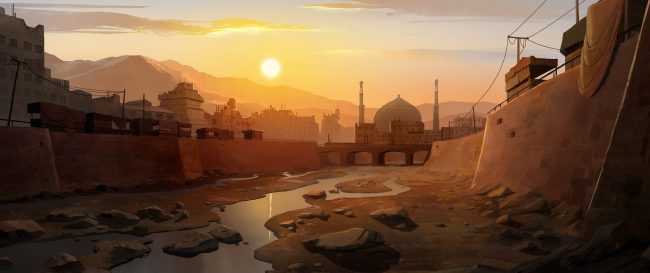 Image by Cartoon Saloon
Image by Cartoon Saloon
Similarly to its Ghibli-Esque predecessors, The Breadwinner utilizes a motif of fairy-tale folklore and escapist high fantasy that runs parallel with the protagonist’s everyday life. However, unlike The Secret of Kells and Song of the Sea, the fairy-tale motif serves as a fictitious coping mechanism for Parvana, rather than being incorporated directly into the film’s narrative. The film’s frequent diversions into escapist high fantasy are manifested as a fairy-tale Parvana tells herself and her little brother which is depicted in a cut-out animation style, telling the story of a young prince on a magical journey to confront a tyrannical elephant king. This fantasy narrative, while an allegory for her struggle in society, provides a welcome comedic distraction from the terror and violence of her everyday life, enabling younger audiences to form an affinity with her and her family, instead of simply pitying her for the everyday turmoil they are faced with.
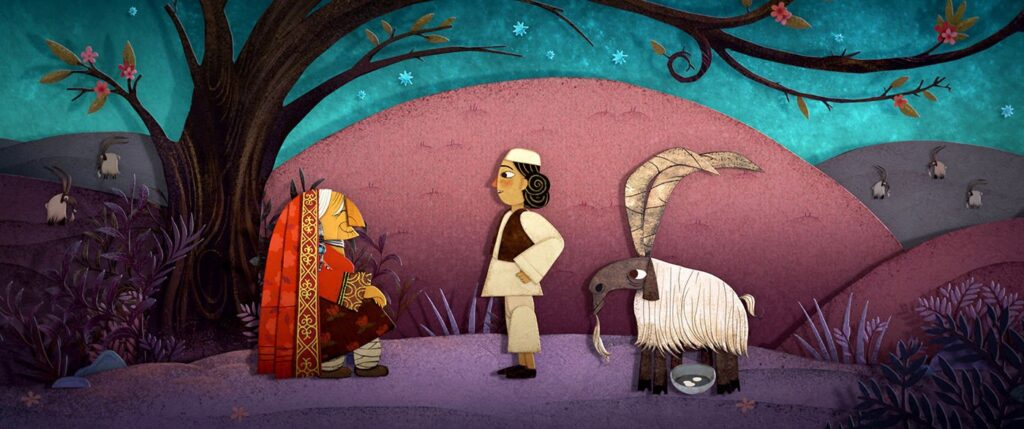 Image by Cartoon Saloon
Image by Cartoon Saloon
As mentioned earlier, In addition to these recurring high fantasy motifs, another striking aspect that this production shares with Cartoon Saloon’s previous work is its distinctively beautiful and refreshing use of 2D animation. The backdrop of Afghanistan with digitally painted vistas of distant mountains and bustling bazaars is lit up by a sunset glimmer which gives the film a deceptively warm and comforting atmosphere. This is, in turn, juxtaposed by a more sombre and foreboding mood emulated through Kabul’s dark and labyrinthine alleyways and the occasional images of bloodstained cloth symbolizing the Taliban’s violence and the foreboding threat of war. The soft, yet vividly detailed watercolour textures of the background contrast with the clean, lucid lines of the character designs, similar, in a way to Song of the Sea, but with more of an emphasis on realism than on mythological visual motifs.
However, one underlying visual motif that stood out to me in Cartoon Saloon’s previous productions that also appears in The Breadwinner is the incorporation of circles into the film’s aesthetic. The circle imagery is conveyed in previous productions through various Celtic, pre-Christian background symbols, as well as through the aesthetic design of the characters and their environments. In The Breadwinner, this symbol is given a more subtle representation through an emphasis on both the sun and the moon in the film’s scenic backdrops, as well as being represented at the beginning of the film when the young Prince of Parvana’s fairy-tale is surrounded by a foreboding spiraling circle of red mist. This recurrent use of circle imagery brings to mind a symbolic Dante’s Inferno-Esque hero’s journey through the underworld, which is often associated with a journey into one’s self. Although this symbolism is more vividly apparent in the visual storytelling of Song of the Sea, this motif can also apply to Parvana’s struggle for identity as a woman in Taliban-governed Afghanistan. It can also apply to her own symbolic hero’s journey into the underworld, in this case being the prison her father his held in, and once she is reunited with him, an image of a moon within a moon is depicted to signify the completion of this journey. Despite this, the future of Parvana and her family ends the film on a note that is ominously uncertain yet quietly hopeful.
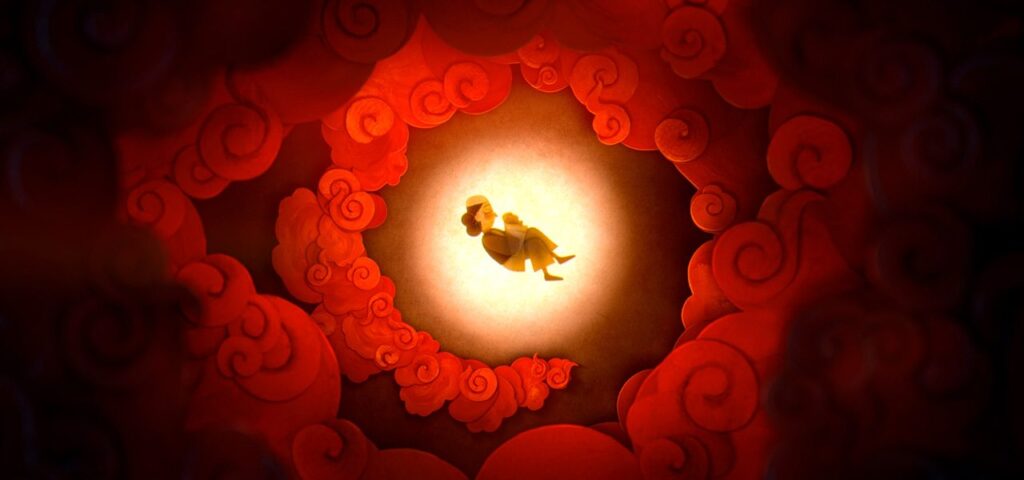 Image by Cartoon Saloon
Image by Cartoon Saloon
Much like its predecessors, The Breadwinner is a visually captivating and enriching diamond in the rough of contemporary Western cinematic animation, not only due to its deviance from the conventions of 3D animation, but also, its sincere, and at times, bleak confrontation with the social issues of a patriarchal and war-torn country. While Secret of Kells and Song of the Sea had, for the most part, played it relatively safer with their more child-friendly fantastical contexts, however, The Breadwinner in its confrontation with these issues achieves a sense of maturity and brutal honesty that is unfortunately scant in contemporary animation. Although this does work against the film, resulting in the story being difficult to follow at times, I appreciate how it does not attempt to bowdlerize its important cultural issues, while not crossing the line too much to become inaccessible to a younger audience. A rare and worthwhile local animated gem, which have become few and far between in an age where Hollywood seems content in churning out more and more vapid small-studio fare.
